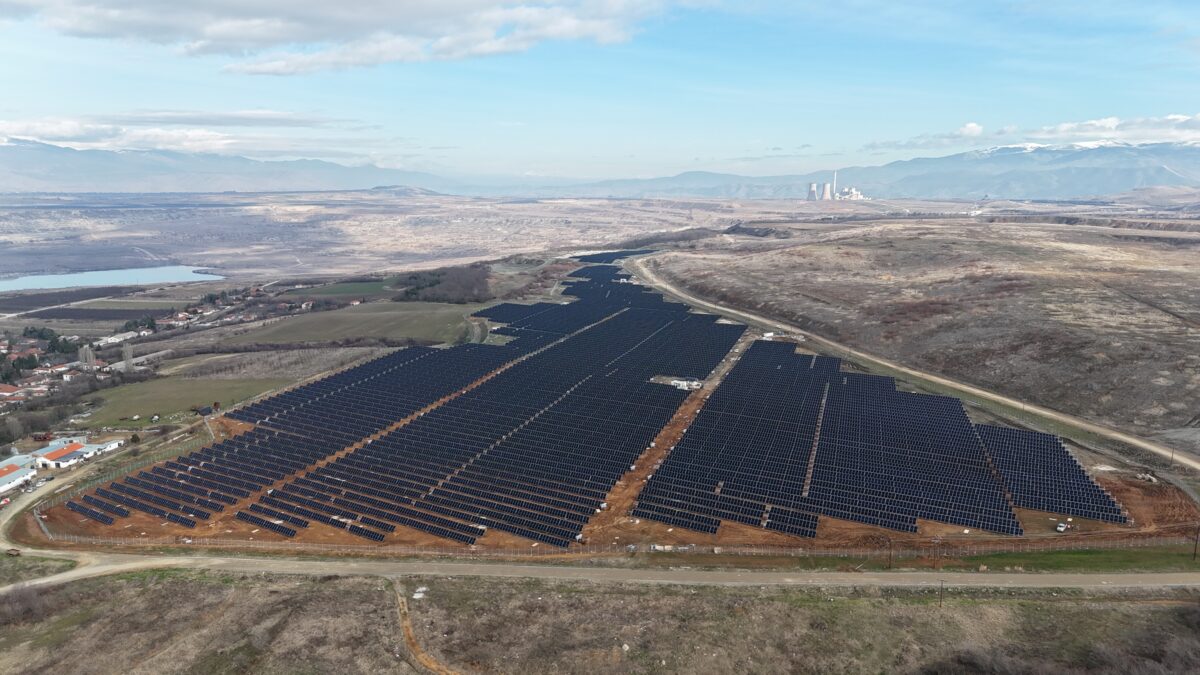The European Commission has approved the provision of €1 billion in Greek state aid to support the construction of solar projects with a cumulative capacity of 813 MW, coupled with different type of energy storage systems.
The funds will be divided between two projects. The Faethon Project entails the construction of two PV plants, each with a capacity of 252 MW, along with integrated molten-salt thermal storage units and an extra-high voltage substation. This project aims to provide peak shaving services.
The Seli Project entails the construction of a 309 MW PV plant coupled with a lithium-ion battery energy storage system. This project aims to optimize electricity generation and grid stability.
Both projects are planned to be completed by mid-2025.
The aid will take the form of a two-way CfD, based on the difference between the market price and an agreed “strike price,” over a period of 20 years.
The measures will contribute to Greece's climate and energy targets, as well as the objectives of the European Green Deal, which aims for net zero emissions of greenhouse gases in 2050. They will also support the “Fit for 55” package, which targets a reduction in net greenhouse gas emissions of at least 55% by 2030.
“The measures will help the EU and Greece meet our decarbonization and climate neutrality targets, as well as reduce our dependence on imported fossil fuels, in line with the EU Solar Energy Strategy and the REPowerEU Plan,” said Margrethe Vestager, European Commission executive vice-president in charge of competition policy.
Greece installed 1.59 GW of solar in 2023, bringing its cumulative PV capacity to 7.1 GW by the end of December. It was the country’s largest addition of solar capacity in a single year, up from 1.36 GW of solar deployed in 2022.
In its revised National Energy and Climate Plan (NECP) released last year, Greece proposed to raise its cumulative renewable energy capacity to 23.5 GW by 2030 and to 71.7 GW by 2050. Solar is expected to contribute the lion’s share of new additions accounting for 14.1 GW by 2030 and 34.5 GW by 2050.
Energy storage is also expected to play a prominent role according to the revised plan with the government aiming for 5.3 GW energy storage capacity by 2030 and up to 24.8 GW by 2050. This would include 3.1 GW of battery energy storage systems by 2030, mainly driven by storage tenders, and 22.6 GW by 2050.
This content is protected by copyright and may not be reused. If you want to cooperate with us and would like to reuse some of our content, please contact: editors@pv-magazine.com.




3 comments
By submitting this form you agree to pv magazine using your data for the purposes of publishing your comment.
Your personal data will only be disclosed or otherwise transmitted to third parties for the purposes of spam filtering or if this is necessary for technical maintenance of the website. Any other transfer to third parties will not take place unless this is justified on the basis of applicable data protection regulations or if pv magazine is legally obliged to do so.
You may revoke this consent at any time with effect for the future, in which case your personal data will be deleted immediately. Otherwise, your data will be deleted if pv magazine has processed your request or the purpose of data storage is fulfilled.
Further information on data privacy can be found in our Data Protection Policy.